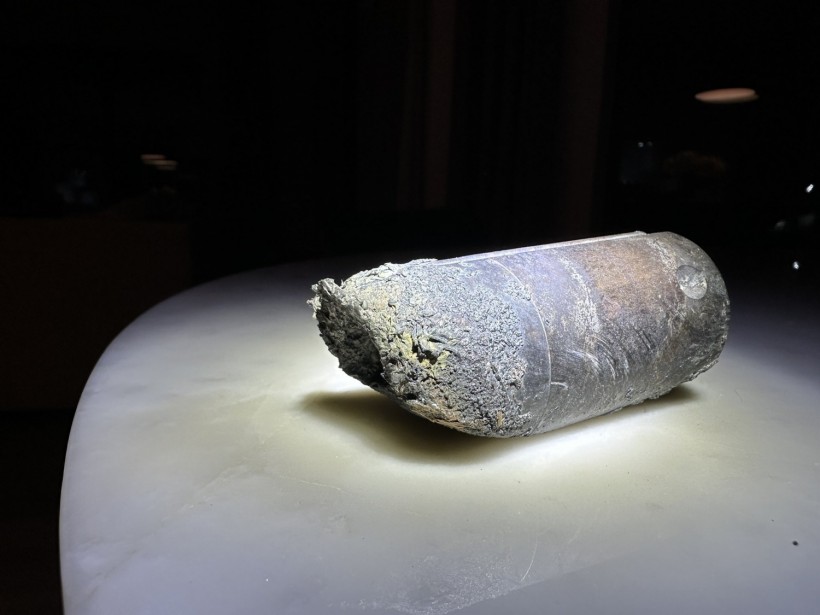
(Photo: Alejandro Otero via X)
NASA has concluded its examination of a piece of space debris that crashed into a residence in Naples, Florida, offering insights into its origins.
Hello. Looks like one of those pieces missed Ft Myers and landed in my house in Naples.
Tore through the roof and went thru 2 floors. Almost his my son.
Can you please assist with getting NASA to connect with me? I’ve left messages and emails without a response. pic.twitter.com/Yi29f3EwyV— Alejandro Otero (@Alejandro0tero) March 15, 2024
Where did the space junk come from?
The space agency revealed that the object originated from a pallet of discarded material released from the International Space Station (ISS) three years ago.
The incident occurred last month when a sizable piece of metal tore through the roof and floors of Alejandro Otero's two-story house. Fortunately, Otero was away on vacation then, but his son was present when the event transpired.
In March 2021, NASA ground controllers initiated the release of a cargo pallet from the ISS using the station's robotic arm. This pallet contained aging nickel hydride batteries, which were being replaced with new lithium-ion batteries as part of upgrades to the station's power systems.
According to NASA, the total mass of the hardware ejected from the space station amounted to approximately 5,800 pounds.
The expectation was that all released hardware would fully disintegrate upon re-entry into Earth's atmosphere on March 8, 2024. However, some of the hardware survived re-entry and collided with a residential property in Naples, Florida.
NASA collaborated with the homeowner to retrieve the object, which was subsequently analyzed at the Kennedy Space Center in Florida.
Following a comprehensive assessment of the object's dimensions and materials, NASA determined it to be a stanchion from the flight support equipment used to mount batteries on the cargo pallet.
Made of the metal alloy Inconel, the debris weighs 1.6 pounds, with dimensions of 4 inches in height and 1.6 inches in diameter.
Moving forward, the International Space Station will conduct a detailed investigation into the debris's jettison and re-entry to ascertain the cause of its survival and update relevant modeling and analysis accordingly.
NASA specialists rely on engineering models to predict the behavior of objects during atmospheric re-entry, regularly refining these models based on real-world observations.
NASA reaffirms its commitment to the safe operation of activities in low Earth orbit and endeavors to minimize risks associated with releasing space hardware.
Read Also: Scientists Push for International Legally-binding Treaty To Eliminate Space Junk
The Risks of Rocket Debris to Humans
A study published in Nature Astronomy has illuminated the potential risks of falling rocket debris over the next decade.
The study focused on the unplanned re-entry of artificial space debris from satellites and rocket launches, including spent rocket stages.
Researchers utilized mathematical modeling of rocket inclinations, orbits, and population density to assess the likelihood of fatalities resulting from falling debris.
The study's findings suggest a slight but notable risk of harm from space debris over the next ten years, with higher probabilities in southern latitudes than in northern ones.
Rocket bodies are estimated to be three times more likely to crash in areas such as Dhaka, Bangladesh, Jakarta, Indonesia, or Lagos, Nigeria, than in cities like New York, Moscow, or Beijing.
While the risk to human life from uncontrolled rocket re-entries is estimated at 10% over the next decade, researchers emphasize that this is a conservative estimate, and there is currently minimal risk of debris causing harm to air traffic or the Earth's surface.
Related Article: US Space Force Reports Break up of Mysterious Russian Satellite That Produced Cloud of Space Debris










